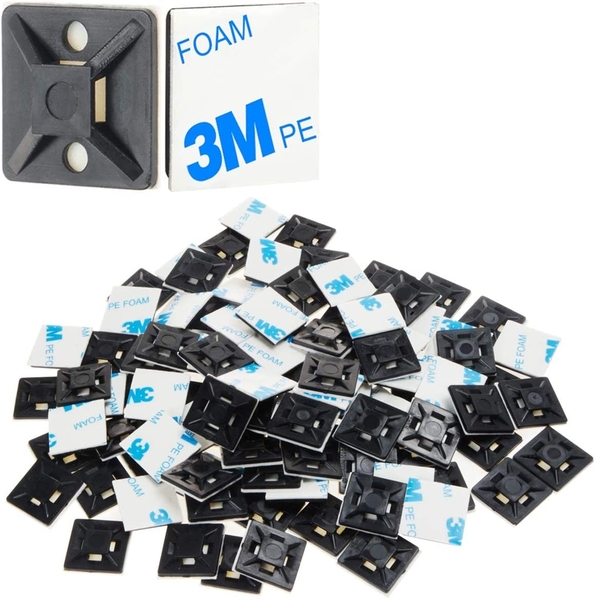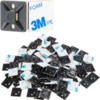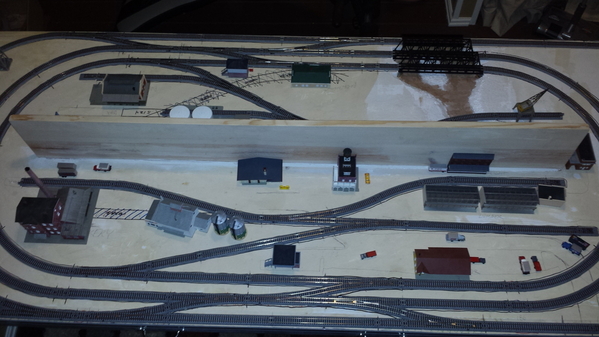I'm building an N-scale layout on a hollow core door and am looking for opinions regard how to locate the wires.
The givens are: Kato Unitrack mounted directly on the door (no cork, no foam). Will have DC and DCC, with the ability to toggle between them. Layout consists of approximately five blocks and about a dozen switches - double track main line with a crossover, a Timesaver, Inglenook, and staging yard. Need to run wires for track and switches only; there will be no signals or anything else that requires power.
I can think of four ways to run the wires - 1) Drill through the door and secure them to the other side of the door (seems to defeat the purpose of using a door), 2) Drill through the top and fish through to the edge (neat, but don't know what obstructions are inside the door - corrugated cardboard, supports, etc.), 3) Run them along the roadbed to a central location, then run them to the edge, or 4) Run them on top of the board directly to the edge (cover them with scenery - harder to fix if there's a problem down the road).
I've found numerous posts and YouTube videos of door slab layouts, but didn't find one that spent any time on this aspect. (So many of the videos are ponderous to watch - stop mumbling and get to the point - but I digress.)
Please share your experiences, lessons learned, links / videos, and suggestions regarding wiring a door slab layout. Thanks.








